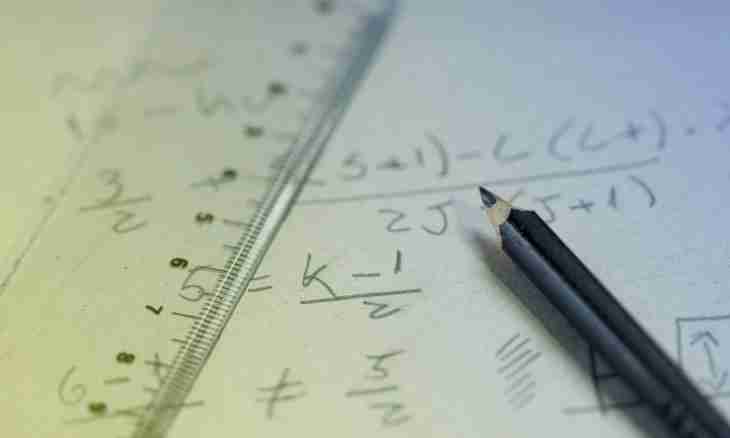In mathematical statistics the basic concept is the probability of any given event.
Instruction
1. Probability of an event is called the relation of favorable outcomes to number of all possible outcomes. The favorable outcome is the outcome leading to implementation of an event. For example, the probability that at a throw of a cube the three will drop out, is calculated so. Total number of possible events at a throw of a cube 6, on number of its sides. Favorable outcomes in our case only one - loss of the three. Then the probability at one throw of a cube to throw out the three: 1/6.
2. If the required event can be broken into several incompatible events, then the probability of such event is equal to the sum of probabilities of approach of all these events. This theorem is called the theorem of addition of probabilities. Let's consider at a cube throw loss of odd number. Odd numbers on a cube three: 1, 3 and 5. For each of these numbers the probability of loss is equal 1/6, by analogy with an example from a step 1. Means, the probability of loss of odd number is equal to the sum of probabilities of loss of each of these numbers: 1/6 + 1/6 + 1/6 = 3/6 = 1/2.
3. If it is necessary to calculate the probability of approach of two independent events, then such probability is calculated as the work of probability of approach of one event to the probability of approach of the second. Events are independent if probabilities of their approach or not approach do not depend from each other. For example, we will calculate the probability of loss two a shesterok on two cubes. Loss of the six on each of them occurs or does not occur irrespective of whether the six on another dropped out. Probability that on each cube there will be 6 - 1/6. Then probability of emergence two shesterok 1/6 * 1/6 = 1/36.

